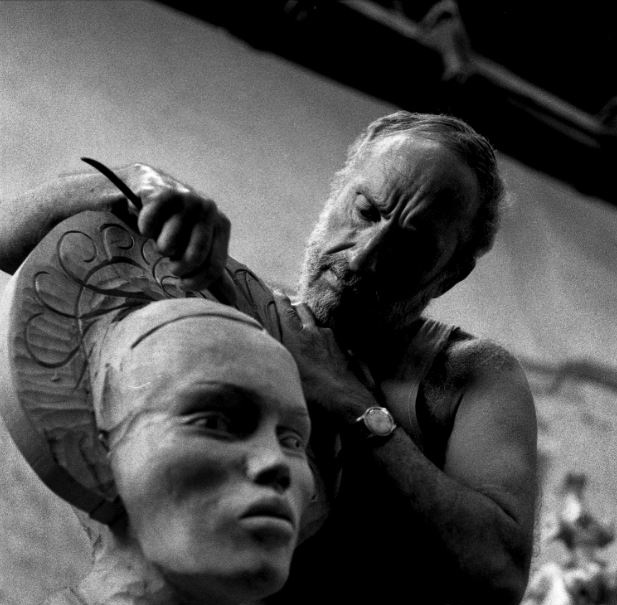
Evaluation Ugo Attardi
Ugo Attardi Valuations - Want to sell a Ugo Attardi piece? Request a complimentary and confidential valuation!Colasanti Casa d'Aste will review your submission and offer a free-of-charge estimate, if your item is suitable for our auctions.
biography
Ugo Attardi, born in Sori, province of Genoa, on March 12, 1923, was one of the most important Italian painters, sculptors, and writers of the twentieth century. The son of a trade unionist of Sicilian origin, he moved with his family to Palermo as a child, after his father was forced by the fascist regime to return to Sicily. There, Attardi attended the Liceo Artistico and later the Accademia di Belle Arti, developing an early interest in art, also influenced by an uncle who was a painter. In 1945, on the advice of his friend Pietro Consagra, he moved to Rome, immersing himself in the capital’s vibrant postwar artistic and intellectual scene. In 1947, together with Carla Accardi, Pietro Consagra, Piero Dorazio, Mino Guerrini, Concetto Maugeri, Achille Perilli, Antonio Sanfilippo, and Giulio Turcato, he co-founded the “Forma 1” movement, which had an abstract orientation, but he soon distanced himself to pursue a more personal artistic path. He participated in the Venice Biennale in 1952, 1954, and 1978, and in several editions of the Rome Quadriennale, gaining international recognition. In the 1960s, with Alberto Gianquinto, Ennio Calabria, Piero Guccione, Fernando Farulli, Renzo Vespignani, and critics Antonio Del Guercio, Dario Micacchi, and Duilio Morosini, he founded the “Il Pro e il Contro” group, focused on a socially engaged realism. Attardi also began sculpting in 1967, creating monumental works such as “L’arrivo di Pizzarro.” As a writer, he won the Premio Viareggio in 1971 for his novel “L’erede selvaggio.” Among his official honors, in 2002 he received the gold medal for cultural merit from the President of the Italian Republic, and in 2006 he was named Grand Officer. He died in Rome on July 20, 2006, leaving behind one of the most significant artistic legacies of postwar Italy.















